
When was the last time you went to Facebook to see something amazing? Not to keep up with your friends, not to organise a party, but to seek writing, images or video that give you actual joy.
The answer is probably a while ago; it might even be never. Services such as YouTube, Twitter and TikTok, whatever their other problems, are all prodigious generators of funny, shocking or inspirational creative works.
Facebook has that lady from HR and that bloke from the book group that you stopped attending years ago.
This is the fundamental problem that confronts Mark Zuckerberg, Facebook’s chief executive, as he tries to capture the success of his Chinese-owned rival, TikTok. His company is by far the biggest and the richest of the many firms attempting to grab TikTok’s coat-tails, and in that sense the natural favourite.
Apart from Facebook’s Instagram Reels, there is YouTube with its new Shorts service, Triller backed by Hollywood muscle and President Trump, and even the original makers of Vine – a prescient TikTok precursor bought by Twitter in 2012 and then fatefully shut down in 2017, before being resurrected.

Snapchat's 'Spotlight' tool was launched this week in a bid to take on TikTok
Credit: Snapchat
This week Snapchat also joined the melee with a $1m (£748,000) prize pool, disbursing cash every day to the makers of the most-engaged videos. While that might sound crude, it actually tells us a lot about the scale of Facebook’s challenge – and about why the race to seize or share TikTok’s crown is still wide open.
Take Facebook’s effort first. In theory, Instagram Reels should have a big advantage over other contenders due to its sheer size. When Instagram copied Snapchat’s disappearing message format in 2016, it was able to rapidly overtake its rival in part because it already had roughly 300m daily users to Snapchat’s 153m.
The problem, though, is that copying TikTok requires more than sheer scale. Social networks are often governed by "network effects", meaning that every individual user makes the network more attractive for new users: there’s no point being the only person you know who owns a telephone.
But TikTok is not a social network, and it isn’t about linking people together. Rather, TikTok is a powerful video creation tool bolted onto a giant algorithmic slot machine – the "For You" feed – with an uncanny knack for keeping viewers entertained and catapulting creators into viral fame almost overnight.
That system has created a thriving community of weird and apparently shameless creators which might be just as valuable as TikTok’s much-discussed algorithms. The company’s recent $1bn grant fund for video makers appears to be a defensive measure, announced under the threat of a US ban and intended not to nurture new stars but to stop existing ones from being poached.
This is the lightning that TikTok’s rivals are all trying to bottle – and a hurdle that Instagram could easily jump. Many of the videos on Reels appear to be reposted from TikTok; some still have TikTok watermarks on them. Others have been accused of simply falling flat. As journalist Alex Kantrowitz put it: "Facebook Reels feel like Facebook paid people to make them."
TikTok boom Downloads during coronavirus are three times higher than nearest competitor Instagram
Others have pointed out that TikTok users are so recklessly creative in part because they do not need to rely on existing friendship networks to go viral. They can hide their work from family and friends while still having a genuine chance to be noticed and elevated by the algorithm. By contrast, Instagram is based around real-life social circles and big-ticket celebrities and influencers.
Enter Snapchat. Like TikTok’s For You feed, its new Spotlight section will shortcut social connections and use algorithms to pluck random videos from obscurity based on early signs of success. Creators will even be able to keep their profiles private while their videos ricochet around the service, making it safer to try for the prize.
We also already know from a different app how compelling even small cash prizes can be. Back in 2017 and 2018, the ill-fated HQ Trivia managed to get millions of people crowding excitedly around each others’ smartphone screens for its nightly live quiz show with rewards that often amounted to less than £2.
Once, Instagram itself offered this kind of bottom-up creative revolution. It was famous in its early days for giving ordinary smartphone-wielders the aura of skilled photographers with its colour filters and artful square frame. Facebook’s answer to this growing threat was to simply buy it, for a then-unprecedented $1bn.
All Facebook Reels feel like Facebook paid people to make them. Quality differential with TikTok is noticeable, and I was bullish on Reels when it released. It's kinda sad at this point.
— Alex Kantrowitz (@Kantrowitz) November 23, 2020
That would not work today because politicians and competition regulators in both the United States and the European Union are watching Facebook like a hawk. Some have said that the acquisition of Instagram should never have been allowed in the first place.
Meanwhile, reports suggest that both Facebook and Instagram may finally be running out of advertising space. Analysts have long speculated that Facebook must be close to its maximum "ad load" – that is, the ratio of adverts to ordinary content that users see in their feeds. Reaching that point would give the company less wiggle room to respond to new challengers.
Facebook remains a behemoth, with a total audience across all its services that dwarfs any comparable rival. Even so, its struggle to respond to TikTok leaves it looking that little bit more vulnerable. After years of buying off or imitating anything that threatened its position, Facebook may finally have found a problem that money and size cannot solve.







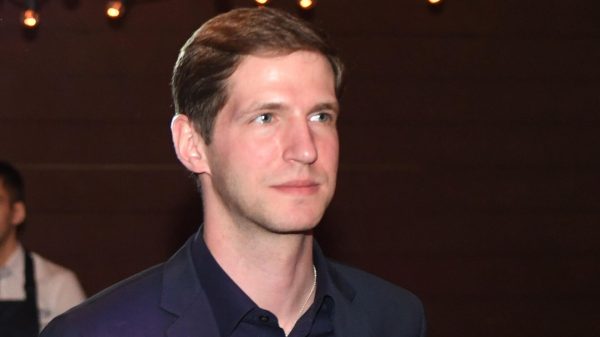

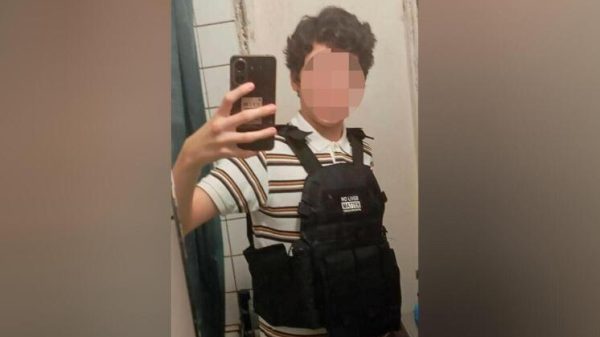



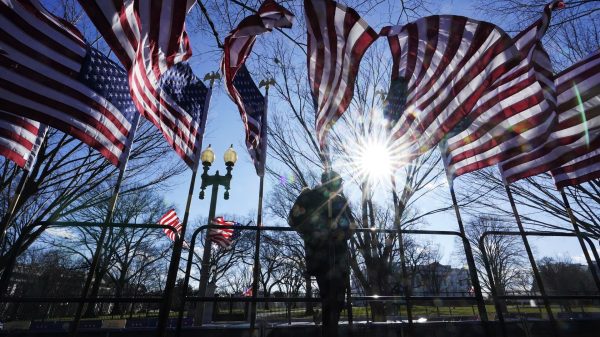

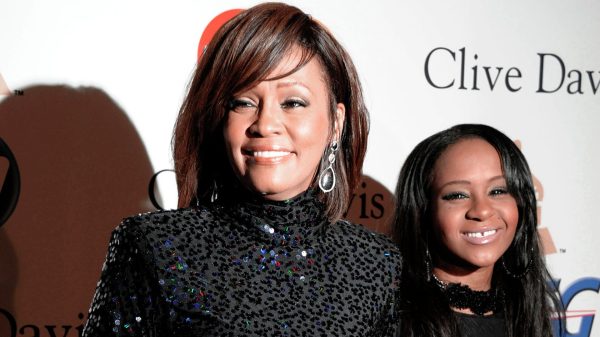


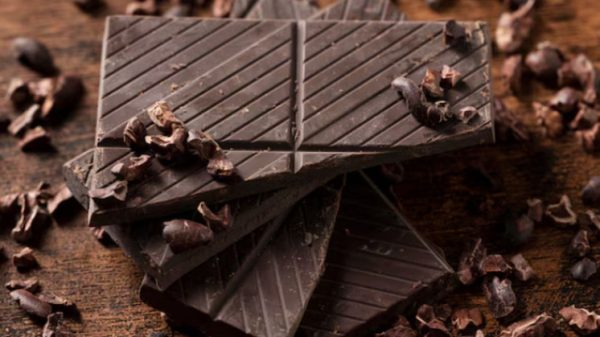









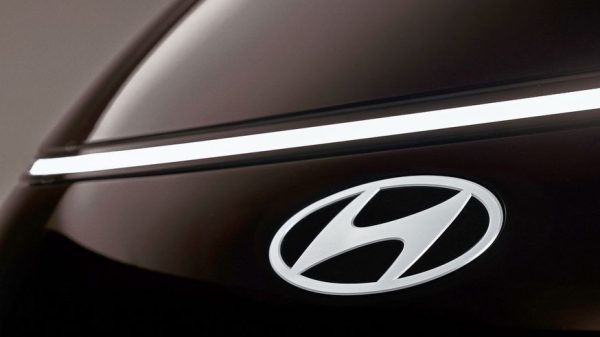

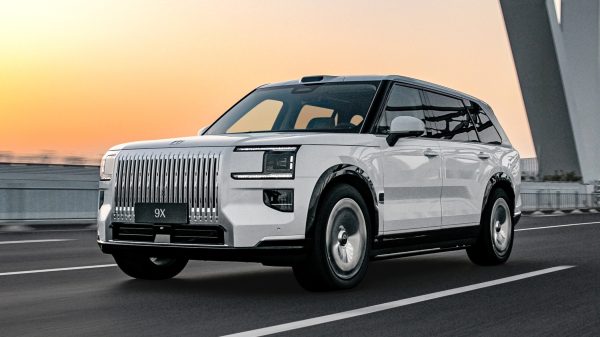




















Свежие комментарии